The Truth About Leasing
It comes as no surprise that GMAC and Chrysler Financial no longer offer leases in North America. Ford Motor Credit now joins the "no lease" club by pricing its leases sky high making them unaffordable. Why now? It's simple; the captive finance arms can't get the funding to support these transactions due to the deteriorating credit of the finance arms and their parent automakers.
Let's review. A retail lease transaction represents nothing more than a long-term rental contract of a depreciating asset. The consumer never "buys" – takes title – to the asset; it remains the property of the lessor, the finance company. (When you finance a car purchase, you get the title, the lender has a security interest in the vehicle only until the loan is repaid.) The lessee (that's you!) pays for the depreciation used of the vehicle and the interest costs on the funds advanced by the lessor to acquire the vehicle.
At the end of the lease contract period, the lessee returns the vehicle to the lessor (walks away) or can purchase the vehicle at the stated residual value. This is the so-called "closed end" lease – which is the way all consumer automotive leases are written in the USA.
Leasing makes sense for a certain group of automotive consumers. We won't go into the reasons here; there are plenty of other websites that explain the benefits. But leases also make sense for automakers as well.
First, they put consumers into a revolving door of trading for a new vehicle every few years (typically three to four years). Second, by nature of the math on a lease, monthly payments come in much lower versus traditional financing over the same period. (Heck, even if a car loan is for a longer term that the typical lease term, the lease is usually still cheaper. The break point depends on several factors such as interest rates, residual percentage, and credit quality of the customer.) This allows the consumer to acquire "more" car – which usually has greater profit contribution to the automaker.
Third, subvented leases (a term which means nothing more than "factory dollar support" on a lease contract) hide the incentive spend thus making it look better than a "fire sale" on slow selling units. Luxury brands tend to use subvented leases instead of consumer cash rebates to avoid tarnishing their brands.
Consumers do respond to leases, especially for brands that have high residual values or lots of subvention (hence cheaper leases). You get more car for less money. When you can lease a BMW 328i for less monthly payment than a loaded Chevrolet Malibu on a comparable term loan (assuming zero down on both), which would you choose? (Ok, I hear it now, at the end of the Bimmer lease you own nothing versus having equity in your Chevy – I say, who cares? After four years, do I want a new car or keep driving my now way out of warranty [except for the drivetrain] beater?)
With The Big 2.8 now out of the leasing business, sales will fall even if they come up with more money to support cheaper loan payments (mostly through rate buy downs). Why? Cause some people just like to lease – and the IRS also helps the self-employed who lease by allowing a complete write off of the lease payment (consult your tax advisor).
For GMAC in the first quarter of 2008, leasing comprised 21% of all of GM's retail business in North America. Some portion of those consumers won't come back to GM without a lease program.
While the automakers' captives may point to falling residuals as the reason for exiting the lease market, the real reason is the credit deterioration of the automakers and their captives. Leases generally remain on the books of the captives, they can't be sold into secondary markets in the form of asset-backed securities. So the captives have to fund those leases themselves.
To do so, either the captives generate the funds internally (from profits and existing lease run off) or borrow from others. Well the captives aren't profitable for a host of reasons and leases are definitely unprofitable due to the meltdown of residuals. GMAC's fixed charge coverage in Q1/08 stood at only 0.82 – it didn't generate enough profits to cover its own borrowing costs!
Second, there aren't lenders to the captives who want to see long lived assets of questionable value on their borrowers' balance sheets, especially given the fact that the automakers themselves live on shaky ground.
The captive finance arms of the Big 2.8 cannot support leasing any longer. Sales will be lost as lease customers seek alternatives. No matter what alternative financing scheme Detroit comes up with, it still won't be a lease. So the import competitors now have a choice – raise their own lease rates due to falling supply of available lease product or capture more market share. Hmmm.
More by Ken Elias
Latest Car Reviews
Read moreLatest Product Reviews
Read moreRecent Comments
- Cprescott Not legal. Executive branch cannot fund jack. This is Congressional authority.
- FreedMike I'm sure it's a nice enough car, but dear Lord, are these ugly, and it's a lot worse in light colors.
- Fred If the guy behind me had auto braking maybe he wouldn't have rear ended me and totaled my car. Even with insurance it would of saved me $10g and I'd still have my safe driving discount.
- SCE to AUX I don't really understand what this money does, but if it's for The Children, then I'm all for it.
- Redapple2 Super looking. 4000lbs and $75,000 out the door and i d be tempted.























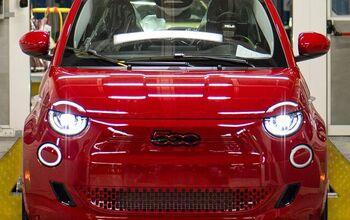

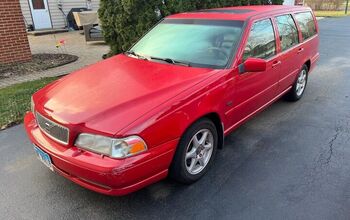


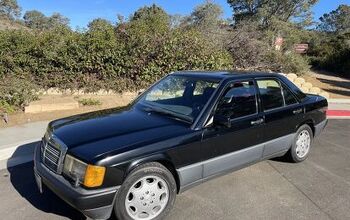


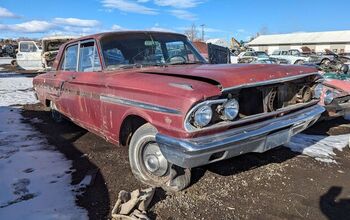
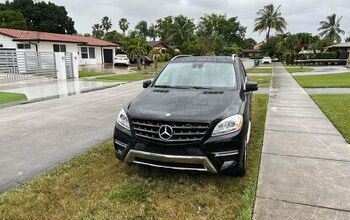
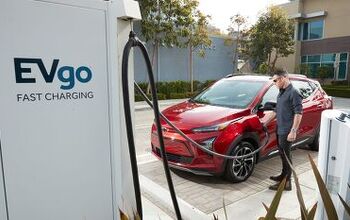
Comments
Join the conversation
A little late to this argument, but I have to say that buying a used car off of a lease is probably going to be the way to go for me, going forward. That's a good deal. I bought an '01 Jetta GLX fully loaded--leather, premium stereo, heated seats, blah blah blah--back in '04, coming off a 3-yr 30k mi lease, for the same price I could have bought a no-frills new Civic. I found the original window sticker in the Jetta's glove box. I saved a full one-third off, and the car still runs and looks almost like new. (Yes, I'm aware VW products have a bad rep for reliability, but I've never had any problems myself, thankfully.) So the bottom line is, if you really want "more" care than you can afford--go used! Cars are so well made these days as compared to decades past that the "used" stigma doesn't actually have much grounding in reality. This holds especially true for high quality cars like the 3-series Bimmer. Let someone else eat that high initial depreciation, then swoop in and get yourself a nice car for a good price.
I hace come accross this post from 2008 and I felt compelled to comment: thank god we're finally out of this credit crunch! There is a good article from Marketwatch that shows that manufacturers have started being quite aggressive about their leasing deals again. See: http://www.marketwatch.com/story/car-leasing-deals-shift-into-high-gear-2010-04-12